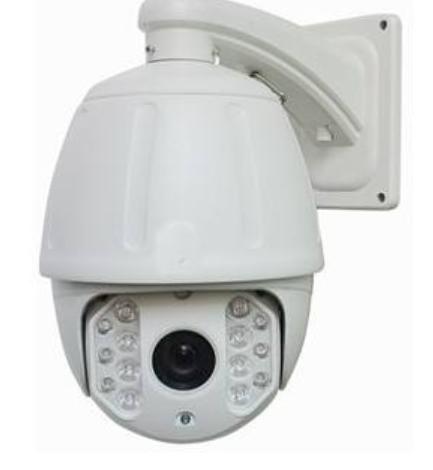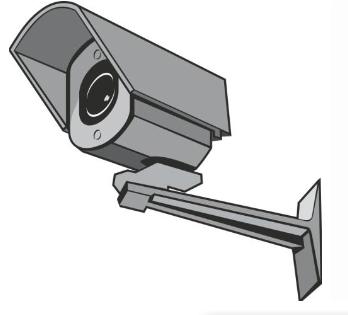The Difference Between a High-Speed Camera and a Normal Camera
A high-speed camera is a device to capture moving images. It is at an exposure of less than 1/1000 of a second or at a frame rate of more than 250 frames per second. It can film the motion track of the subject moving at high speed. Help the photographer capture images and movements that cannot be seen by the naked eye. Once capture the object, it will store the image on media and play back in slow motion. We can think about it in another way. High-speed cameras allow us to see high-speed worlds. They are invisible to the naked eye.
So, what's the difference between a high-speed camera and a regular camera? We can see he main difference between the two from the following points.
The first is the frequency of filming. "High speed" of high-speed cameras means the high frequency of these cameras. It can reach thousands or even tens of thousands of frames per second. Ordinary cameras shoot at a much lower frequency. Generally, in the 30-100FPS. 30FPS is the frequency that the human eye can capture. A high-speed camera can record a moving image at a high frequency. A moving image requires several still. Play coherent pictures at a certain speed. High-speed cameras can typically record speeds of 1,000 to 10,000 frames per second. Yet the result is that each pixel is not too high. Not even more than the pixel level of a home digital camera.

For example, when we filmed the scene of "water dropping into a pond", we could see a series of details in slow motion through the high-speed camera. The drops bounced off the water. Water droplets scatter. Water completely absorb the droplets. These may only be a matter of seconds. When we watch with a normal camera, all we see is the shaking of the water. But a high-speed camera can record hours of video.
The second is the length of the shoot. High-speed cameras produce a lot of images and data in a short time. Different resolution means different memory size per frame. In the case of a camera shot at 1000 frames per second, assuming a resolution of 1280 by 1024, it can produce 1.3 gigabytes of data in 1 second. This requires data storage for the camera. A large amount of data will bring trouble and confusion to the subsequent experimental analysis. So, high-speed cameras are not suitable for long-term recording. It is more often used to capture instant images. Ordinary cameras shoot with low frequency and clear image quality. It is mainly used to record the changes of the photographed area or object in a time period. It can monitor for a long time.

In the field of application, high speed camera is applied in the research requiring high precision visual animation analysis. Such as mechanical failure inspection, combustion test, drop test and so on. With the continuous development of high-speed camera, its applications are expanding. From industrial production, agricultural research and sports competition. The general camera is more versatile, more suitable for personal and family use.
Compared with ordinary cameras, high-speed cameras have high image stability performance. High-speed cameras have a higher transmission speed, as well as anti-jamming capabilities. It is used to varying degrees in many specialized fields. So, the price of a high-speed camera is much more expensive than a regular camera.
Now high-speed cameras are moving faster, smaller, longer, and smarter. I believe it will be more widely used in public life in the future.